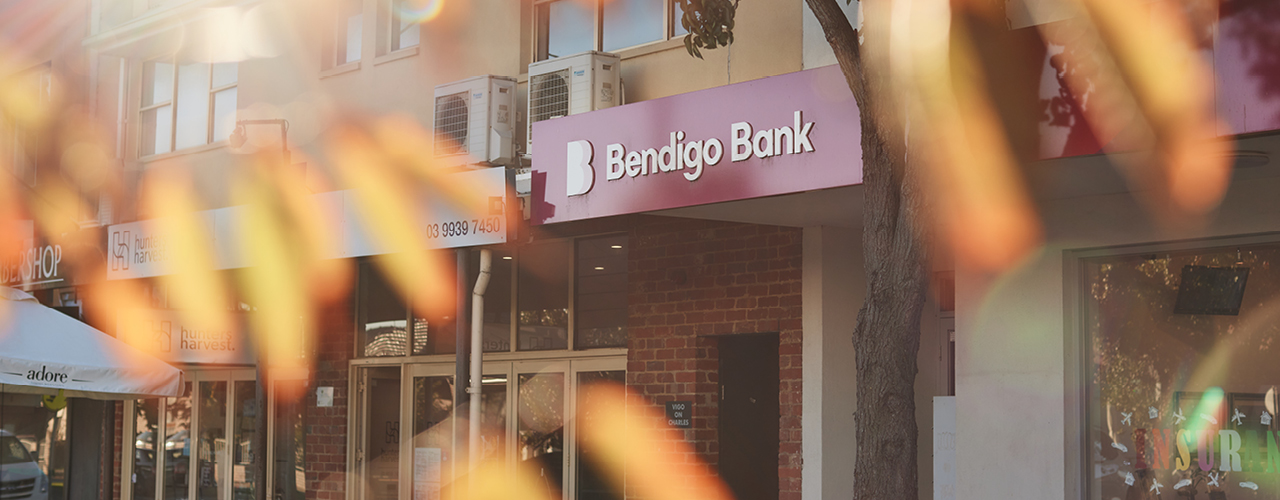Household income set to recover despite complex global landscape
As anticipation builds over whether the RBA will cut the cash rate at its February meeting, Bendigo Bank’s Chief Economist David Robertson dives into the economic deep end and unpacks the latest news on trade tariffs, inflation numbers and macro-economic factors impacting the nation.
February cash rate cut 80-90% likely
“There is obviously a high probability of a rate cut at the RBA’s February 18 meeting,” Mr Robertson said.
“We’ve flagged for over a year now the view that the RBA would be cutting rates in the first half of 2025. The fourth quarter CPI data out last week clearly supported that timing, bringing forward the first cut from May most likely to February,” he said.
“Core inflation fell to below both our and the RBA’s forecasts in Q4, dropping to 3.2% And with underlying inflation running at only 0.5% in the fourth quarter, everything is track for the RBA target to be met this year.”
“The monthly indicator for December was even more benign, showing the RBA’s preferred core measure (the Trimmed Mean) ended 2024 at 2.7%. So this faster progress has the market rating a February 18 rate cut at around an 80 - 90% chance.”
Mr Robertson said there are three key factors preventing the cash rate cut from being completely guaranteed:
- Labour markets remain tight with unemployment still down at 4%, not far from 50 year lows
- State and federal government spending has added to demand, as have the recent tax cuts (although business investment has been sluggish)
- The Aussie dollar remains under pressure falling again to fresh five-year lows below 61 cents after President Trump confirmed that US tariffs will recommence this week; although these falls have been mainly against the strong US dollar, while our Trade Weighted Index isn’t far below its long run average.
“While further falls in our exchange rate will have some impact on inflation, and appear likely, these three factors help to explain why we continue to only expect a shallow easing cycle ahead,” Mr Robertson said.
Mr Robertson does, however, doubt any of these factors will defer an imminent RBA cash rate cut: “February is our favoured timing for the first cut of 2025.”
Tariffs and the stagflation risk
“Fortunately, the latest round of US tariffs aren’t being imposed on Australia… yet,” Mr Robertson said.
“In any case, less than 5% of our exports head to the US, so the tariffs will impact Australia indirectly, especially via China,” he said.
“As a result, the timing and extent of any further tariffs, and the response from our trade partners, including China, will be important, as will further movements in exchange rates.”
Imposing tariffs will be to the US’s economic detriment, Mr Robertson said.
”In general, tariffs damage the country that imposes them, leaving the US at risk of stagflation as the year progresses.”
The Australian economy in 2025
“The Australian economy in 2025 will be set against a complex global backdrop,” Mr Robertson said.
“Inflation has moderated and the three cash rate cuts predicted by the end of 2025 will result in a more neutral cash-rate of around 3.5%. This will see real household disposable income recover steadily,” he said.
“This, in turn, should feed into private sector demand helping small businesses, acknowledging conditions remain uneven by region and industry.”
House prices
”House prices (and rents) were again flat to slightly lower in January. This was helpful for inflation, but – like equity markets – is a reminder that asset values in some areas may struggle to beat inflation this year, even with core inflation back below 3%,” Mr Robertson said.






